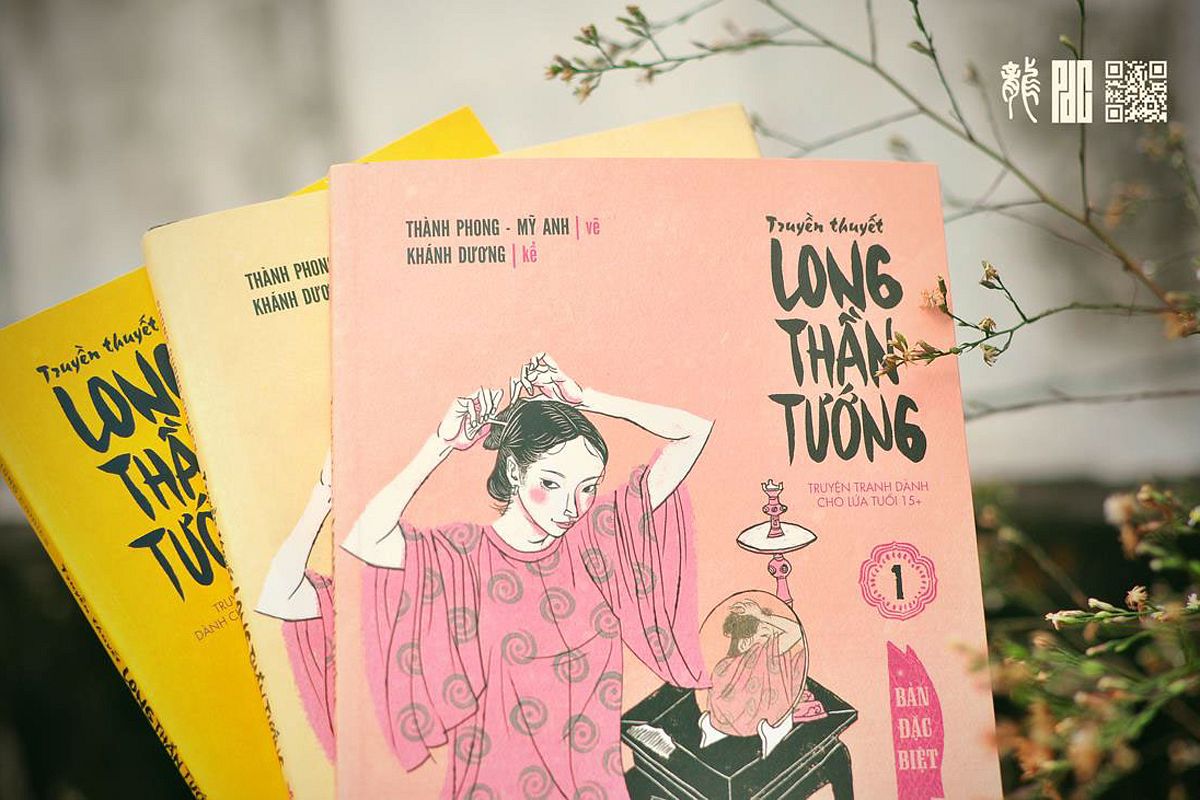The Role of Traditional Instruments in Vietnamese Music and Cultural Expression
by admin

The traditional Vietnamese poetry rhymes just as verses in Chinese or other European languages. The rhyme scheme is distinct in comparison to English in which the same syllables are required.
Like other forms of music the different generations of Vietnamese have modified poetry according to their perspectives and experiences. Vietnamese tradition is defined by the fusion of music and poetry.
Connectivity
Vietnamese poems are rhymed, similar to Chinese or other European languages. In Vietnamese poetry rhymes are formed through the meter, as well as by back rhyme structures (rhyming the last syllables in Nguyen Dinh Chieu one line with the first syllables of the next).
The music we sing is more than the lyrics. Music also expresses the values of culture and traditions. Songs from Xam dating back to the 14th century, for instance, communicate a broad variety of traditions from the village. They express love to family members, respect for the elders and devotion to parents, and as well, the importance of honesty and the importance of goodwill in maintaining peace.
Vietnamese poetry and music help to bridge the many cultural traditions of Vietnam. Also, it is a means to express oneself, and empowers musicians to conquer the obstacles that come up within their own lives.
Harmony
Numerous organizations, such as localities as well as universities, have been working to protect the tradition that is Vietnamese music. Clubs, associations and even schools were set in order to promote tuong, an art of classical performance that involves performing, singing and dance. It is an integral part of the Vietnamese culture, especially to worship gods of the mother goddess and other ancestral divinities. The artists must have a great talent for singing, and speaking in their roles.
Poetry and music contain harmonic elements. Songs or poems from folklore can be complex and contain reversals of tonal. Reversals of tones are a way to keep the musical quality intact.
Vietnamese music is also notable in its improvisation and ornamentation. Vietnamese music also incorporates certain influences from abroad https://bancanbiet.vn/.
Cultural Significance
The metacultural character of music and poetry creates a path through the cultural landscape. These time capsules convey the essence of Vietnamese culture and history.
Vietnamese poetry is made up of meter and rhyme, similar to Chinese poetry. Tone classes can be determined by the amount of syllables a word has. Vowel sounds define the type of class: sharp (thu), flat (thu) or sharp (cn) or the flat (sanh,tai).
The styles of music and regional folk songs differ across the country. They reflect the diversity of different ethnic groups and themes vary from the beauty of nature to daily difficulties. Traditional instruments included the Dan-Nguyet (Vietnamese Monochord) as well as the Dan-bau. It has survived through the years of resettlement and continues to be performed in the present.
Human Evolution
Vietnamese court music and poetry were influenced by Chinese influences during the period of colonialism. From 1975, when the country was officially opened to the public, Vietnamese poetry and music have adapted styles from across the globe.
Vietnamese poetry differentiates syllables according to the number of syllables and their tone. It is distinct from English classic Greek or Latin poems where stress is an element. Within a sequence of controlled poetry, there are six distinct tones, some of which are flat while others are more sharp.
Cai Luong Cai Luong, for example is based on Don ca Tai Tu folk songs and Mekong delta folk music however, it incorporates both ancient Indian as well as Egyptian Roman tales as well as literature about Vietnam cultural. One of the distinctive features of the traditional Vietnamese music is the cultural mix.
Cultural Conservation
The depth of Vietnam’s traditional music is derived from a mix of diverse ethnicities and genres. Every ethnic group, despite having the same type of music, have their distinct music style and rhythm. Kinh songs, for example are different in comparison to Muong and Dao songs.
The musical tradition is accompanied by an array of styles and instruments. These include cheo, tuong and cai luong, which are traditional theatre music and quan ho (water puppet), “ly” song and the Hue royal court of Hue royal court from the Tran and Nguyen Dynasties. UNESCO recognizes the musical works as an integral part of the cultural heritage. They can be a valuable resource for those who wish to protect the culture of a nation.
The traditional Vietnamese poetry rhymes just as verses in Chinese or other European languages. The rhyme scheme is distinct in comparison to English in which the same syllables are required. Like other forms of music the different generations of Vietnamese have modified poetry according to their perspectives and experiences. Vietnamese tradition is defined by the…
